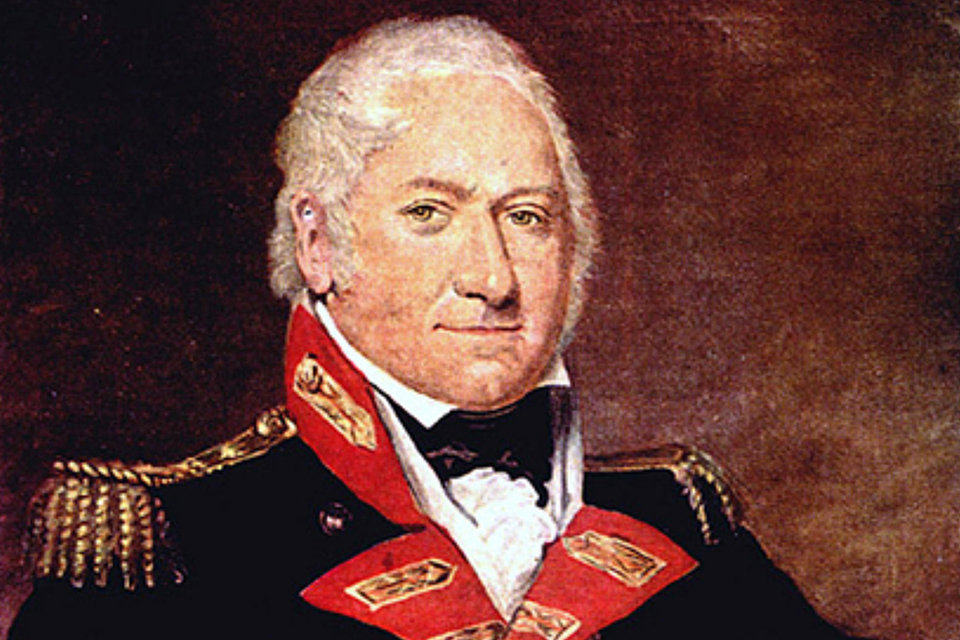A military historian sets the record straight on the oft-confused terminology.
Q: My Uncle Gene was a U.S. Army infantryman who marched up the Italian Peninsula in 1944-45. After the war he mentioned that what he and his fellow “footsloggers” most feared were what he always referred to as “shell fragments” or “splinters” (sometimes “steel shards”) from exploding German artillery, mortars, bombs, and landmines. I never, however, heard him use the term “shrapnel,” a word in common usage today. What is the difference between “shell fragments” and “shrapnel?”
—Brian Smith, Waterloo, Iowa
A: As a 36-year U.S. Army field artillery veteran, I welcome this chance to set the record straight. Here’s the short answer: “shell fragments” is the technically correct term for metal pieces of exploding shells, bombs, and mines intended to inflict casualties, whereas “shrapnel” is an obsolete, specific type of antipersonnel artillery projectile. Unfortunately, following frequent misuse—beginning around the end of World War II—“shrapnel” has entered general usage to incorrectly mean any fragments scattered by an explosive shell, bomb, or mine.
Before the war, shrapnel was a widely used specific type of artillery projectile. Named after its inventor, British general Henry Shrapnel, who died in 1842, it was used against enemy troops by armies around the world from the early 19th century until the eve of World War II, when artillery ordnance technology advances made it obsolete. The shrapnel round was an iron- or steel-encased artillery projectile filled with numerous lead balls that exploded in flight from a time fuze and bursting charge. When the projectile burst in the air, the .5-inch-diameter lead balls (270 in a 75mm round; 800 in a 155mm round) were sprayed at high velocity over the target in a cone-shaped area much larger than the normal bursting radius of a standard explosive shell.
“Fragments” (nicknamed “splinters” or “shards”), on the other hand, is the technically correct term for the individual pieces of the outer casing, or jagged pieces of metal used as filling inside the casing, that break apart upon explosion to cause casualties within the projectile’s bursting radius.
As late as 2003, Webster’s New World Dictionary listed the original definition of “shrapnel” as preferred—today’s definition was a second or third alternate. But language evolves, and in newer dictionaries this order has switched; the first definition of “shrapnel” is now the broader usage, meaning generic shell, bomb, or mine fragments.
—Colonel U.S. Army (Ret.) Jerry Morelock, PhD, is a senior editor/historian for several Historynet magazines.
This article was published in the April 2020 issue of World War II.





